

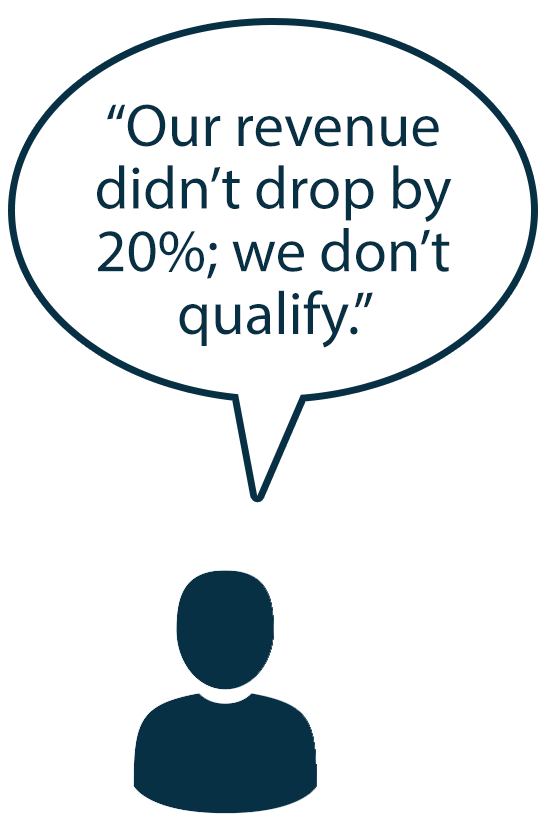
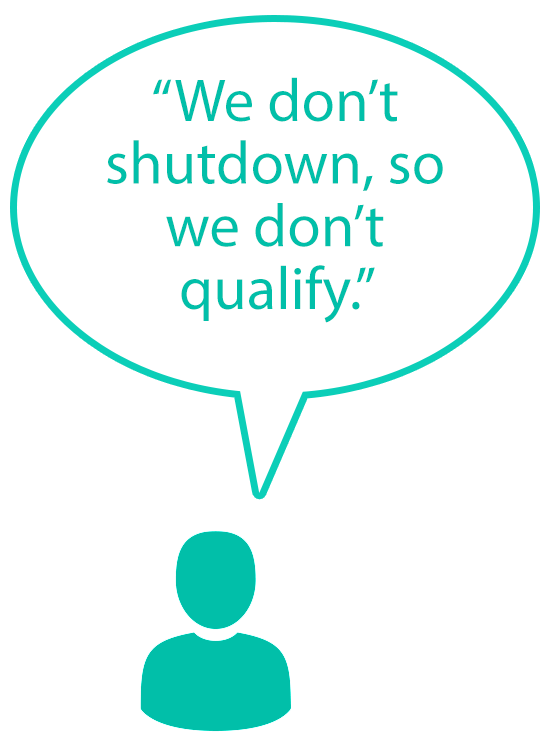
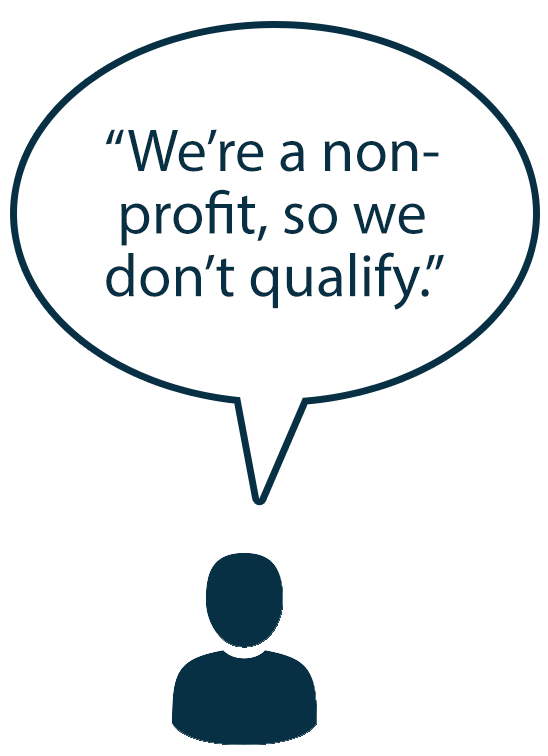







The Employee Retention Credit (ERC) is a refundable payroll tax credit, available through the CARES Act to businesses impacted by COVID-19.
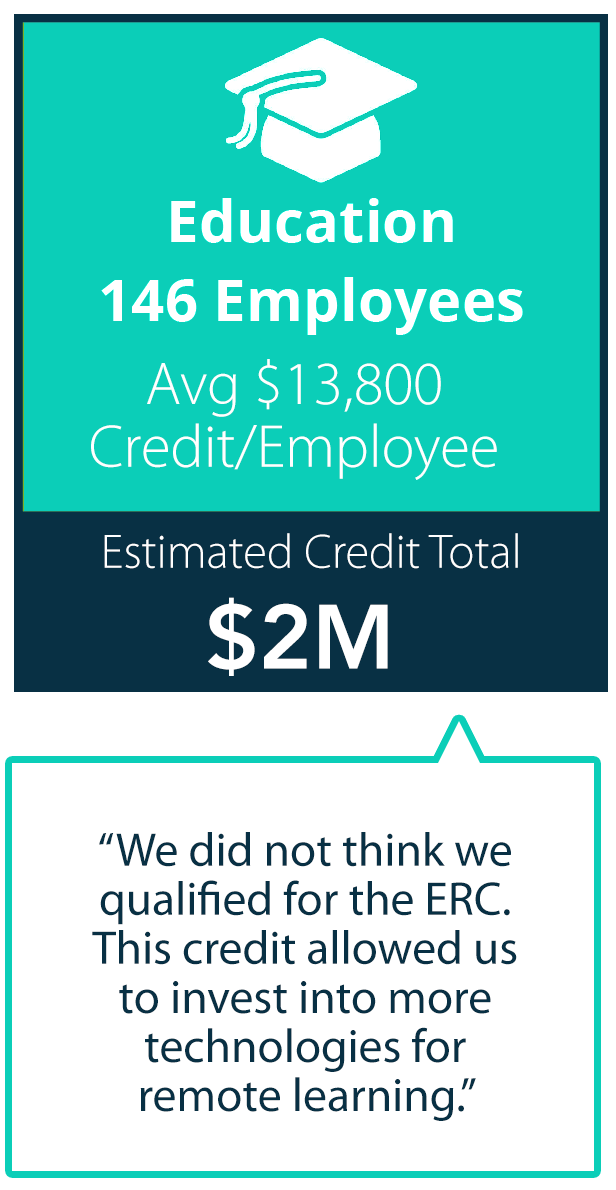
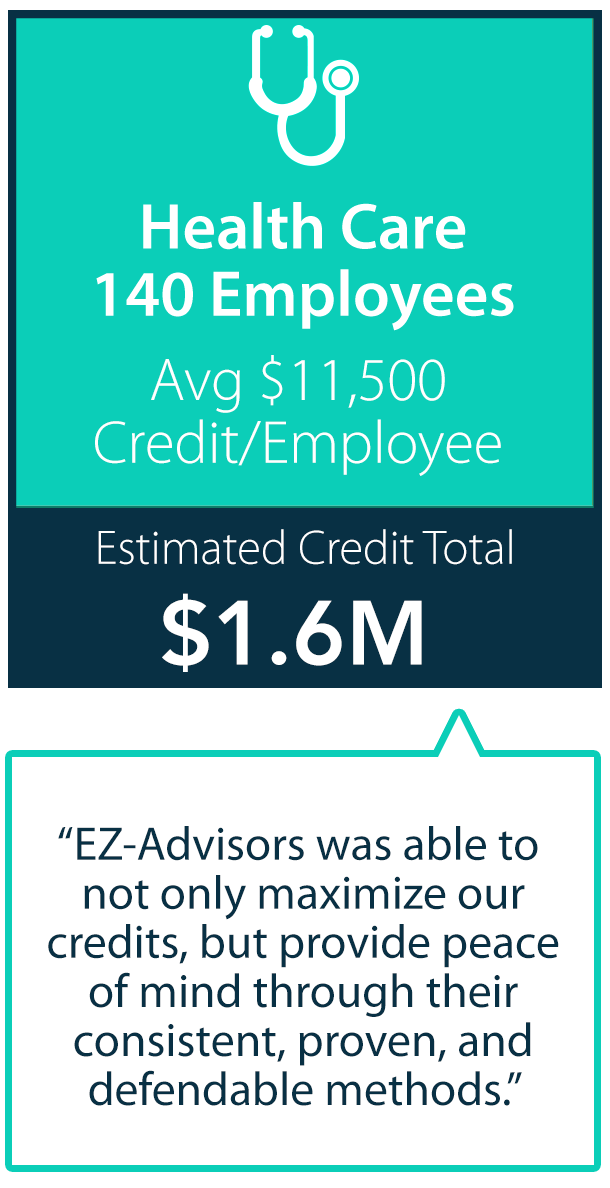
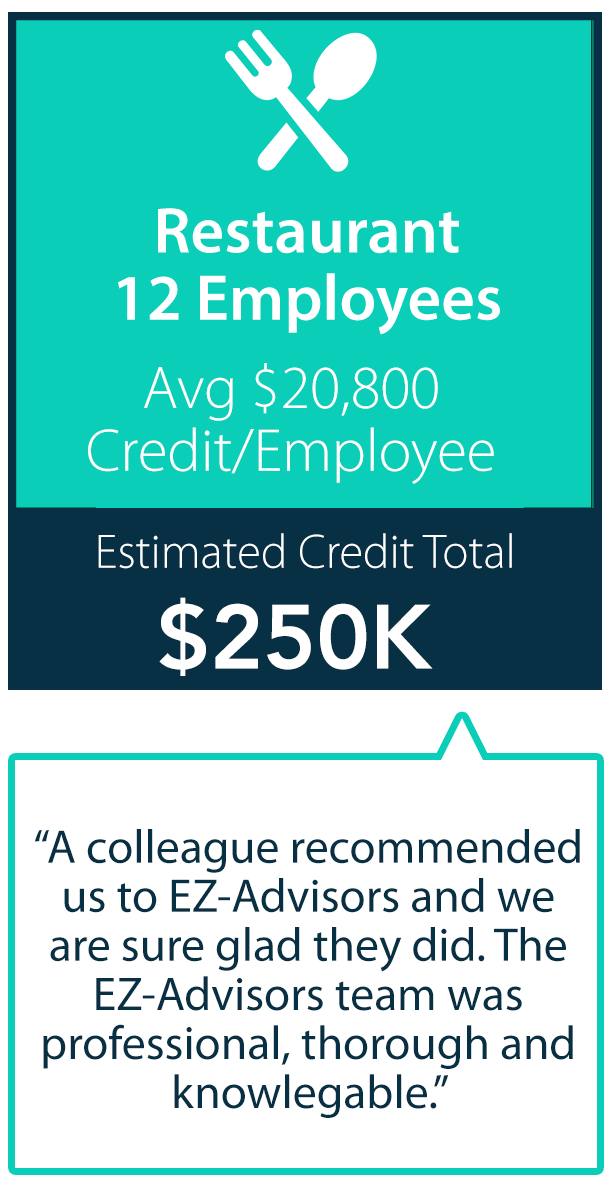

Looking for more info? Here are some things we're commonly asked.
The employee retention credit, or ERC, is a stimulus program that was released with the CARES Act in March 2020 at the same time as the PPP (Paycheck Protection Program) program. In short, it is a cash credit that was intended to incentivize businesses to retain and continue paying their employees through the COVID-19 pandemic. While virtually every small or medium business is familiar with the PPP, a surprising number of companies have not heard of the ERC. Therefore, we are touting it as the “*Hidden PPP 3.0*.”
Initially, companies were only allowed to choose either the PPP or the ERC, but not both. However, that changed in late December of 2020. When the CARES Act was released in March 2020, the PPP was generally chosen over the ERC by most businesses for the following reasons:
1) The PPP was much easier to understand and compute. Businesses were fairly certain they’d be able to get a dollar-for-dollar benefit for the PPP, while the ERC only appeared to provide a benefit of 50 cents on the dollar, at most.
2) The PPP usually resulted in cash funding in April/May of 2020, while the ERC could take several months to monetize.
The way I like to compare the two programs is that the PPP loan was basically money given to business owners by Uncle Sam that they then had to spend on payroll or other eligible expenses. They were not able to “keep” the money, or they would owe that money back to the government.
Under the ERC, the government effectively rebates you 50% to 70% of up to $50,000 for wages you paid to each employee you retained during times your business was being affected by COVID. We’ll explain what “affected” means under this program later (see SDGR or FPSO discussion). The total value of the rebate is 50% on up to $10,000 in wages in 2020, so $5,000 total per employee, or 70% on $10,000 in wages per quarter in 2021, so a potential of $28,000 total per employee per year. Based on the increased credit percentage and ability to qualify for each quarter, qualification in 2021 can be far more valuable than 2020. However, surprisingly it is often much easier to qualify for.
Keep in mind too that the PPP is governed by the Small Business Administration (SBA) and the ERC by the Internal Revenue Service (IRS). While there is overlap in similar concepts like aggregation of commonly controlled business and testing employee headcount, there are major differences between the specific application of those rules. Fear not, we are well equipped to guide your businesses through these, provided they are relevant to your business.
A business is eligible if they meet one of two tests. Only one test is required and it’s possible to qualify under one test for one period, and
another test for a later period.
The first test is a quantitative test that was developed as an objective
measure of whether COVID-19 impacted a company’s ability to generate revenues comparable to pre-covid levels. This test is referred to as the “Substantial Decline in Gross Receipts” test or SDGR. This test looks to compare quarterly periods in 2020 and 2021 to the same quarterly period in 2019. The relevant percentage threshold is 50% in 2020 and 20% in 2021. For example, if an employer had $49,000 of gross receipts in Q2 2020 compared to $100,000 of gross receipts in Q2 2019, this 51% decline would qualify the employer under the SDGR. Similarly, an employer with $79,000 of gross receipts in Q1 2021 compared to $100,000 gross receipts in Q1 2019, would also meet the SDGR for Q1 2021. Note that in nearly all cases, if a business qualifies under this test for a quarter, they will qualify automatically for the following quarter, providing at least 6 months of eligibility. The look-forward and look-back tests can be quite complicated and we’ll work with our clients closely to help evaluate eligibility. We regard the SDGR as the test that provided the “juiciest” credit, consider the 6-month eligibility window.
Even if a company doesn’t meet the SDGR, they can qualify if they meet the full or partial suspension of operations test, or FPSO. The full or
partial suspension apply for the period(s) of time when the operations of a business are shut down due to government order, or are subject to certain restrictions/modification while they are allowed to keep their doors open. The easiest example of a partial suspension is a restaurant that was forced to move to take-out/deliver only, or was forced to move to a reduced capacity limit with dine-in service due to social distancing requirements. A gym or fitness center that is required to move to appointment-only, reduced capacity, closed day-care facilities, etc. might have a partial suspension. A doctor’s office that does more than a nominal amount of elective procedures will almost always have a partial suspension for some period of time. A lesser known partial suspension can occur when a business is affected due to supplier related issues. For example, a business that cannot obtain materials or supplies from vendors that were shut down by COVID-19, can also translate into the first business being treated as partially suspended. Finally, there are complex rules that look at businesses with multiple locations, segment, or divisions and can cause the entire business to be treated as partially suspended, even if only due
to one of the locations, segments, or divisions.
The IRS is very specific to say that government orders that affect customer behavior cannot be used to assert a full or partial suspension. However, if the general facilities where you typically sell goods or provide services to customers are inaccessible, this would not be considered as something affecting customer behavior. For example, if a business of Zamboni drivers are allowed to operate, but the drivers can’t access any Ice Rinks because they have been closed or hockey matches have been suspended, that can qualify as an FPSO.
Keep in mind, an FPSO creates eligibility at the beginning and ending of the FPSO. It is not tied to a particular quarter. So if a retail store
shuts its doors on March 18 and reopens on June 1, it will only be under an FPSO for those dates, provided the store isn’t considered to have a partial suspension for other reasons (e.g., social distancing/capacity limits).
Thankfully, in March of 2021, the IRS finally came out with more than 100
pages of detailed guidance on the application of both ERC Version 1 in 2020 and ERC Version 2. Since it has been released, our team of experts have read this over and over and over again, along with the bills that contain the original law. While the IRS guidance is extremely detailed and thorough, it is extremely complex.
Our companies’ founders saw a gap in the market that existed between income tax CPAs and payroll providers, where neither were well equipped to handle ERC work. Because most CPAs handling income tax are not well versed in payroll taxes, and frankly are already overextended with income tax preparation, they simply haven’t had the time and resources to develop the sub-specialty in ERC. If you are just hearing of the ERC now from us, this is likely further evidence of that fact. On the other hand payroll providers (ADP, Paycheck, QuickBooks, Gusto, etc.) will submit an ERC claim for you, but will not provide any assistance in determining eligibility and qualified wages. In most cases, they are requiring employers to sign waivers of liability so that the payroll provider cannot be held liable for errors, omissions, or overstatement of ERC claims. Choosing this option may create an immense amount of risk of penalties and other punitive actions from the IRS.
In addition to the IRS guidance that came out in March, yet another
stimulus bill, the American Rescue Plan Act (ARPA) was released the same month that extended the ERC through the end of the year we refer to as ERC Version 3. ERC Version 3 largely using the same rules as ERC Version 2 (i.e., 70% up to $10K per quarter, 20% declines), however it also includes a variation of the ERC called the Recovery Startup Credit (RSC). The RSC can be claimed by any new business started after February 15, 2020, regardless of whether COVID-19 affected the operation or financial results of the “startup business.” The RSC is capped at $50K per quarter (using the same 70% x $10K to reach it), and is only available for Q3 and Q4 of 2021. Therefore, the total credit to these businesses is up to $100K.
Most business owners that could take PPP Round 1 did, and many of them qualified again for Round 2 in early 2021. After the ERC “Version 1” went live in March of 2020 but was mostly ignored due to the PPP, the government changed the law with the release of ERC “Version 2” through the Consolidated Appropriations Act in December of 2020. Under Version 2, employers were both *retroactively* and *prospectively* allowed to take both ERC and PPP (Round 1 and 2). Version 2 also extended the credit into Q1 and Q2 of 2021 and increased the field of eligible employers by allowing companies with up to 500 employees to take the credit, up from 100 for the year of 2020. Version 2 also came with vague guidance indicating that PPP recipients could not “double dip” and get the ERC benefit on wages used to support PPP forgiveness. Basically, the government was saying, you can’t take a rebate/refund on a dollar of wage that we paid for. The IRS even went so far as to erroneously post on their website in January that PPP recipients could still not take the ERC because of this rule, which they later retracted and apologized for.
Because the initial guidance from the government and the IRS was very confusing, and for a period of time misleading many business owners concluded that even though they could technically claim both PPP and ERC, the benefit to the ERC would be severely limited. Additionally, most businesses that were aware of the ERC from when the CARES Act came out remembered a gross receipts test that required a 50% decline in revenue comparing 2020 quarters to 2019 and assumed the same rule applied under Version 2. They were of course not correct.
Our team is finding that businesses who either thought the ERC wouldn't be valuable to them or concluded that they were likely ineligible for the credit, were not correct most of the time. Because of this, we’ve brought many smiles to business owners and operators with HUGE credits.
Remember that the PPP was designed to cover 8-weeks of payroll. Companies that took two PPP loans therefore might have 16-weeks of payroll. It’s now been over 16 months since the ERC started. Therefore, there is a lot of payroll that businesses might have paid that couldn’t possibly have been covered by the ERC, meaning there are a lot of “fertile” ERC wages out there to claim the 50% or 70% credit on for most businesses.
There are certain windows between operative dates that we focus on for maximizing the ERC. The first is the period from a company’s initial
eligibility date, which usually falls between March 18th and April 1st and
the date they were funded by the PPP. This period is what we call and “ERC Zone” as it is completely eligible for the ERC if the employer is
eligible. The second ERC Zone occurs between the end of your Round 1 PPP Covered Period and the funding date of your Round 2 PPP. This usually starts in September/October 2020 and ends in Jan/February of 2021. Then, finally business should just be hitting another ERC Zone as they reach the end of their Round 2 PPP Covered Period. Note that it is VERY IMPORTANT, that you discuss your Round 2 forgiveness with EZ-Advisors. It is extremely important that you make sure to claim the maximum non-payroll expenses on your Form 3508, even if they are not needed to support full forgiveness. EZ-Advisor's technical experts can discuss this with you upon request.
A refundable credit means that if your credit amount is more than the tax you owe, the IRS will pay you the excess with a cash check. The relevant “tax” associated with the ERC is employer paid Social Security tax, which is only 6.2% of wages, compared to the 50% or 70% credit, depending on what year you are in. Because the credit is so much more than the social security, there should always be a very significant refundable amount. Furthermore, because most payroll is set up for you to be accruing and paying these taxes over each quarter, when the time comes to claim the credit, most companies have already paid in their normal amounts, and therefore get to claim 100% of the ERC back.
Also, keep in mind that any credits that are related to 2020 or the first 2
quarters of 2021 must be claimed on an amended payroll tax return (Form 941-x). Because your business will have already paid in the relevant taxes on the original return, the ERC should be 100% refundable.
EZ-Advisors will provide you front to back ERC services, including filing and
claiming the ERC from the IRS. We are also the only company that can
arrange for an advance payment of your credit of up to 80% of the total credit, in full satisfaction of our fees and lender fees.
Through our process, we will collect qualitative and quantitative data to
evaluate your eligibility and then perform the detailed and complex
computations to determine your ERC through the evaluation date. Through our sophisticated planning technique, we are able to maximize the ERC for clients with PPP loans by carefully selecting how certain wages are treated for PPP versus ERC purposes at the employee level. The technique is sanctioned by the IRS, but so complex that I’d have to set you up with one of our technical leaders to describe it in more detail.
The deliverable for our services is a 15-page report documenting your
eligibility and then a copy of the results from our proprietary EZ-Advisors
calculator that can be used as back-up for the numbers we report on the payroll tax returns used to claim the credit. We, of course, prepare any amended payroll tax returns, Form 941-X, to make the retroactive claims. Any claims for future periods are best handled by having us coordinate with your payroll providers to have them make the claims on the Form 941. This would only apply for Q3 and Q4 credits, since any other credits between Q2 2020 and Q2 2021 must be claimed on amended returns.
Unlike most other firms out there, our fee arrangement varies based on the complexity of the work we are doing. To provide certainty to our clients, we set a fixed percentage of the ERC as our fee somewhere between 15-20%. The factors that determine what percentage applies to your business include:
1) How you qualify as “eligible” (SDGR is easier to evaluate than FPSO)
2) How many periods are involved
3) How many employees you have
4) How high paid your employees are (lower paid employees require more PPP planning)
5) If you have multiple legal entity employers in your structure.
We do generally ask that our fees be paid upon completion of the work, and not when the IRS pays you the credit. Similar to your business or personal income tax CPA, our fees are due once your tax returns are filed, and not necessarily when the credit is received. However, we do acknowledge that certain clients may have cash flow or liquidity issues. We therefore offer two options to accommodate these clients: (1) arranging for an advance payment of the ERC through one of our preferred partners, or (2) offering a deferred payment arrangement for a higher commission percentage.
Note our fees are fully refundable in the event the IRS challenges and
prevails in adjusting our credit claim downwards, provided the adjustment is due to our work and not the accuracy of the data provided by our clients. We have yet to have this situation present itself, but we like to provide this assurance to our clients that they must in fact receive and retain the benefit of the credit in order for the work to be completed.
Note we will offer audit support as part of our fee for any audit issue
that relates specifically to our evaluation of eligibility or computation
of the ERC.
Currently, the IRS is not providing any estimates. However, they have
indicated that there are over 1.8million paper payroll tax returns in the
queue with the IRS. Our best guess is 6-12 months from filing the returns. However, we can’t guarantee the timeframe since the IRS can be very unpredictable. Particularly during COVID. That being said, there should be no question that you’ll ultimately be paid. The IRS is legally obligated under the 3 stimulus bills to adhere to this program. Because the funding of the credit comes through the IRS/U.S. Treasury, the ERC cannot by definition “run out” like the PPP or other stimulus programs. This is cash due to your business that WILL BE PAID.
In order to remove the uncertainty to our clients on the timing of payment, we strongly encourage the advance payment option. By selecting this option, you will push all the timing risk in exchange for a fixed fee.
EZ-Advisors will provide your engagement letter along with a Standard Document Request List and a Questionnaire (if this hasn’t already been completed). We basically just need your Payroll Registers for 2020 and 2021 in excel format, along with your originally filed payroll tax returns and some limited documentation on your PPP loans. From there, we can generally turn your report and computations around in 7 business days, and if you choose the advance funding option, we can have the cash credit in hand within 2-weeks. If there is follow up work to be performed for Q3 or Q4 of 2021, we’ll work alongside you to make sure we max out the credit through the end of the year.